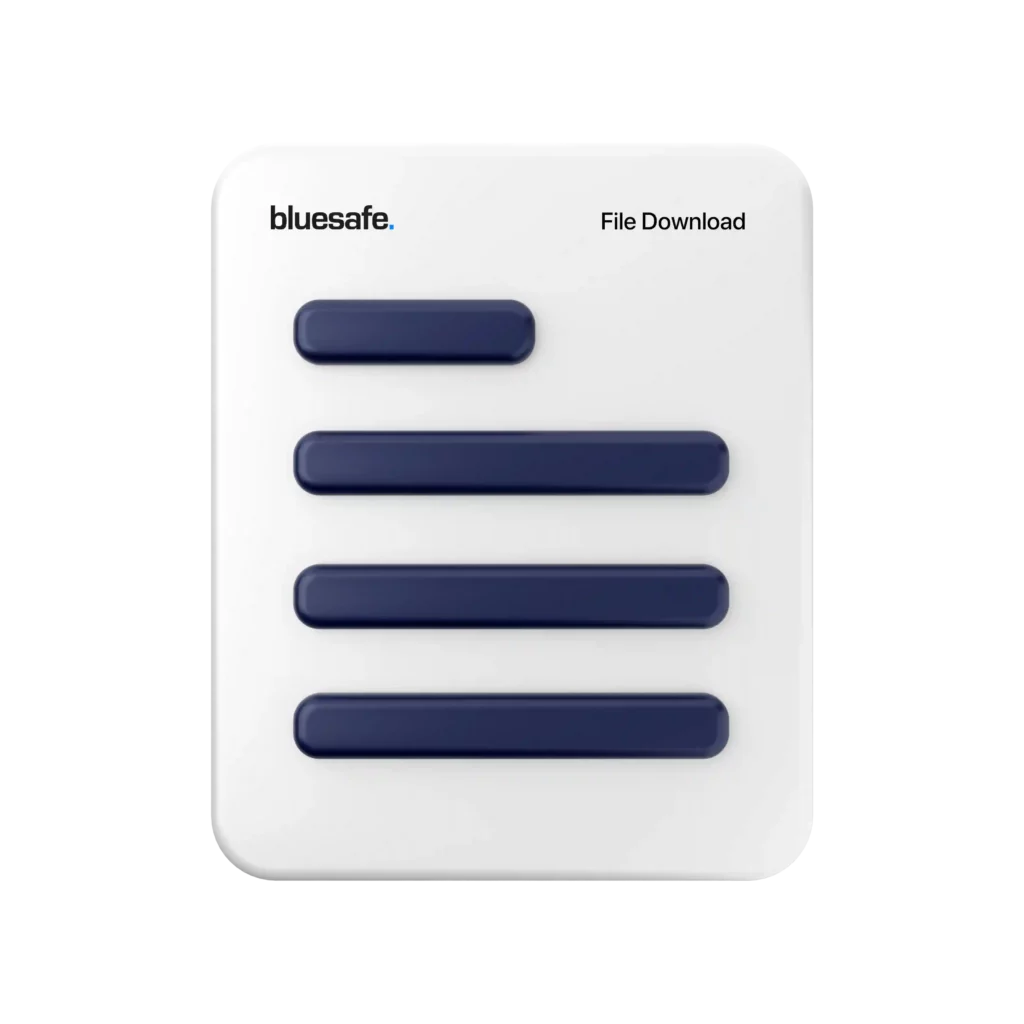First and foremost, it’s important to recognise that directional drilling can be incredibly complex. There are a lot of different factors that come into play, from the geology of the area you’re drilling in to the specific tools and techniques you’re using. That means that it’s absolutely essential to have a thorough understanding of what you’re doing before you start drilling. Make sure that you have the proper training and experience, and don’t be afraid to ask questions if there’s something you don’t understand.
Another key factor to keep in mind is communication. When you’re drilling at an angle, it’s important to stay in constant communication with the rest of your team. You need to know exactly where the well is going, what obstacles you might encounter, and how to adjust your drilling techniques to stay on course. Make sure that everyone on your team is on the same page and that you have clear communication protocols in place.
Of course, there are also some very real physical dangers associated with directional drilling. One of the biggest risks is what’s known as a “kick,” which is essentially an uncontrolled release of oil or gas from the well. This can be incredibly dangerous, and it’s essential to take all necessary precautions to prevent it from happening. Make sure that you have all of the necessary safety equipment on hand, including blowout preventers, and that you’re following proper drilling procedures at all times.
Another potential danger is the risk of collapse or other damage to the well. When you’re drilling at an angle, there’s always a risk that the well will become unstable, and it’s important to take steps to prevent this from happening. Make sure that you’re using high-quality drilling tools and techniques, and that you’re following all necessary safety protocols.
Finally, it’s important to remember that directional drilling can have environmental impacts as well. Make sure that you’re following all applicable regulations and guidelines, and that you’re taking steps to minimise the impact of your drilling on the surrounding ecosystem. This might include measures like using environmentally-friendly drilling fluids or taking extra precautions to prevent spills.
So, what are some specific safety recommendations for directional drilling? Here are a few key things to keep in mind:
- Always prioritised safety. No matter what else is going on, your top priority should always be ensuring the safety of yourself and your team.
- Make sure that you have the proper training and experience. Directional drilling is complex, and it’s important to have a thorough understanding of what you’re doing before you start drilling.
- Communicate effectively with your team. Make sure that everyone is on the same page and that you have clear communication protocols in place.
- Use high-quality drilling tools and techniques. Don’t cut corners when it comes to the tools and techniques you’re using. Make sure that everything is up to industry standards.
- Follow all applicable regulations and guidelines. Environmental regulations can be complex, but it’s essential to stay on top of them to ensure that your drilling activities are safe and responsible.
- Have a solid emergency response plan in place. In the event of a kick or other emergency, it’s essential to have a plan in place to respond quickly and effectively.
- Always be prepared for the unexpected. Directional drilling can be unpredictable, and it’s important to be ready for anything that might happen.
![]()






